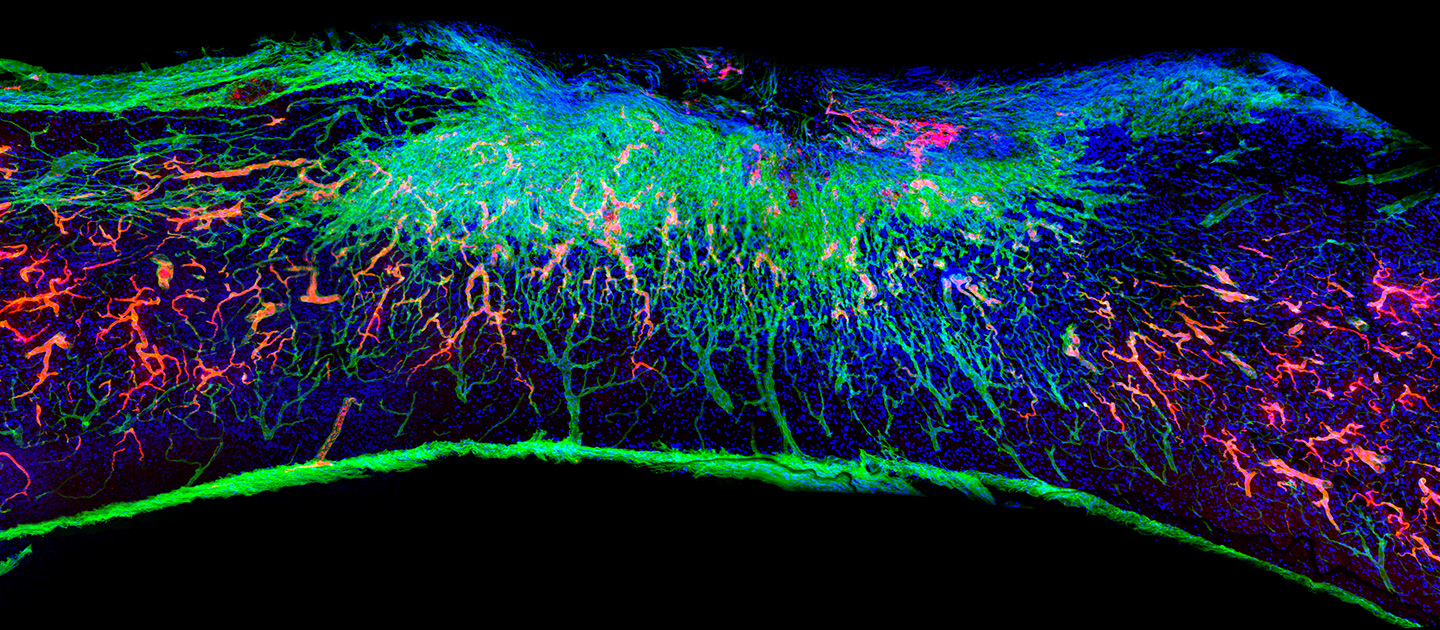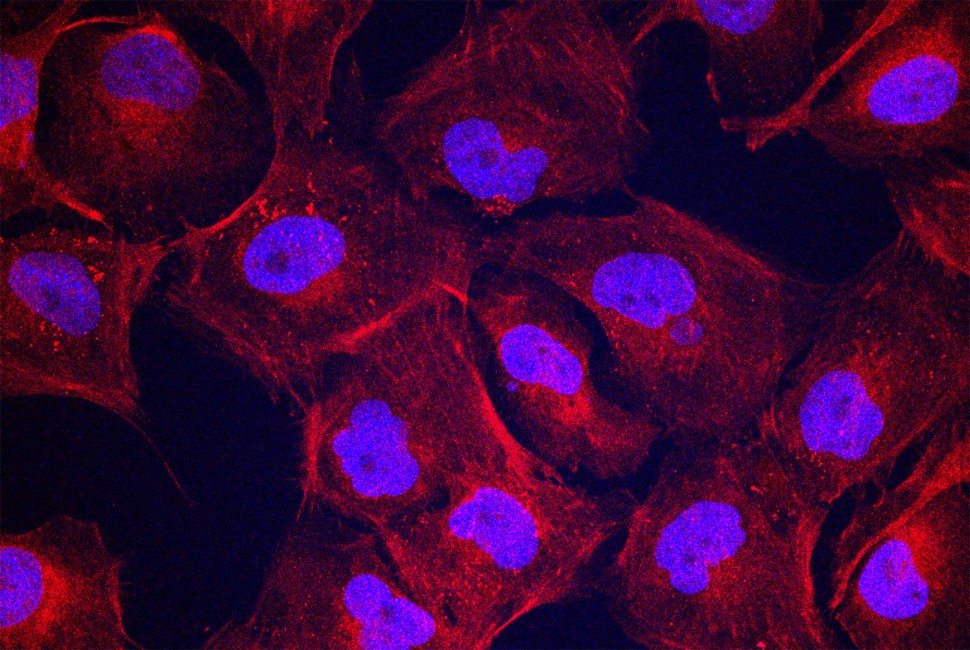In November 2021, Northwestern University researchers introduced an injectable therapy utilizing fast-moving “dancing molecules” to repair tissues and reverse paralysis after severe spinal cord injuries. Recently, this therapeutic strategy was applied to damaged human cartilage cells, where it activated gene expression necessary for cartilage regeneration within four hours.
After three days, human cells treated with these fast-moving molecules produced essential protein components for cartilage regeneration, such as collagen II and aggrecan.
The effectiveness of the treatment was found to be proportional to the molecular motion. Researchers observed that the “dancing” motions of the molecules were crucial for triggering the cartilage growth process.
This study, published in the Journal of the American Chemical Society, suggests a potential universal application of this technology beyond spinal cord injuries, indicating its effectiveness in regenerating various cell types.

Samuel I. Stupp, the lead researcher, highlighted that this therapeutic approach could apply to many other tissues. Stupp, an expert in regenerative nanomedicine at Northwestern University, holds several academic appointments and is the founding director of the Simpson Querrey Institute for BioNanotechnology. Shelby Yuan, a graduate student in Stupp’s lab, was the primary author of the study.
Osteoarthritis, a degenerative disease where joint tissues break down over time, affects nearly 530 million people globally. In severe cases, cartilage can wear so thin that joints become bone on bone, causing immense pain and dysfunction.
The only currently effective treatment for such severe osteoarthritis is joint replacement surgery, which is both expensive and invasive. Stupp noted that current treatments only aim to slow disease progression, as humans do not naturally regenerate cartilage in adulthood.
Stupp’s team hypothesized that “dancing molecules” might stimulate cartilage regeneration. These molecules, designed in Stupp’s lab, form synthetic nanofibers that mimic the extracellular matrix of tissues and engage with cellular receptors effectively due to their motion.
By creating a structure that allows these molecules to move freely, they found that increased molecular motion resulted in more effective engagement with receptors necessary for cartilage formation.
Moving forward, Stupp’s team is testing these systems in animal studies and adding additional signals to create highly bioactive therapies. Early results in bone regeneration are promising, and ongoing research is exploring their application in human organoids.
The team is also working toward gaining FDA approval for clinical trials to test the therapy for spinal cord repair. Stupp believes that controlling supramolecular motion through chemical design could significantly enhance the efficacy of regenerative therapies across a broad range of conditions.
